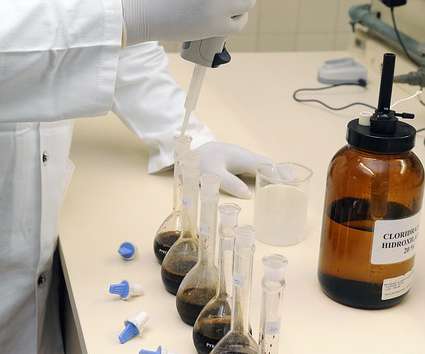Lyfgenia and Casgevy Become First FDA-Approved Gene Therapies for Sickle Cell Disease
XTalks
DECEMBER 13, 2023
The US Food and Drug Administration (FDA) has approved the first gene therapies for the treatment of sickle cell disease, approving two on the same day. Both gene therapies are approved for individuals 12 years of age and older with sickle cell disease. It also affects Hispanic Americans, but at a lower prevalence.


























Let's personalize your content